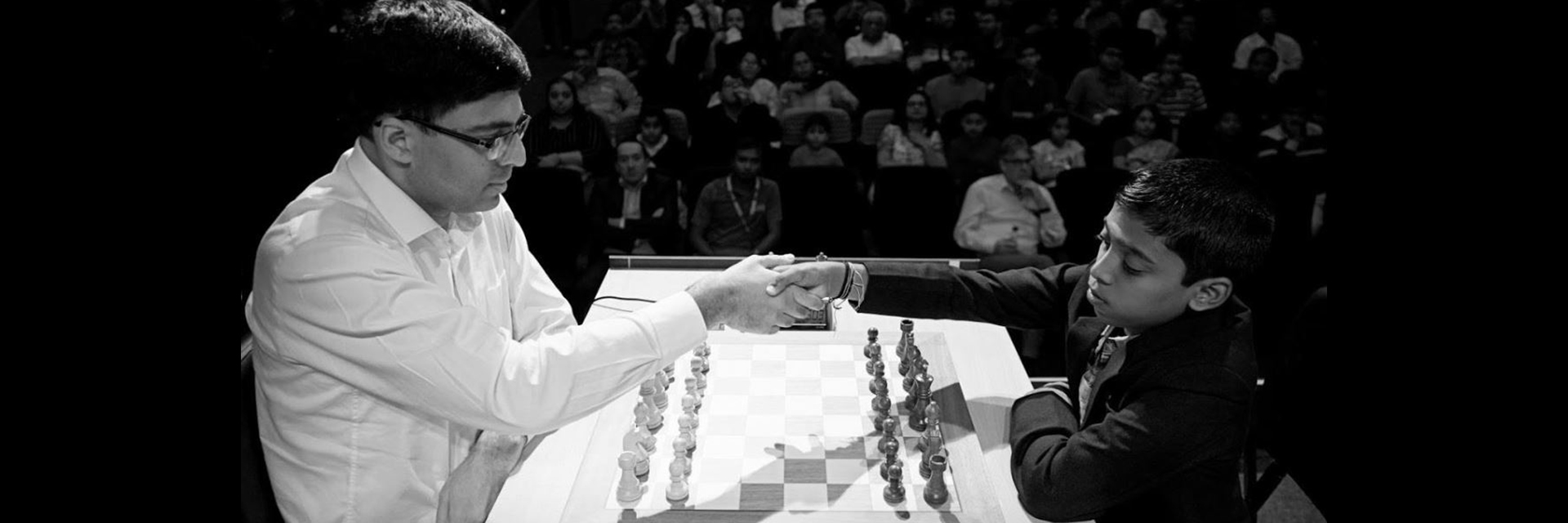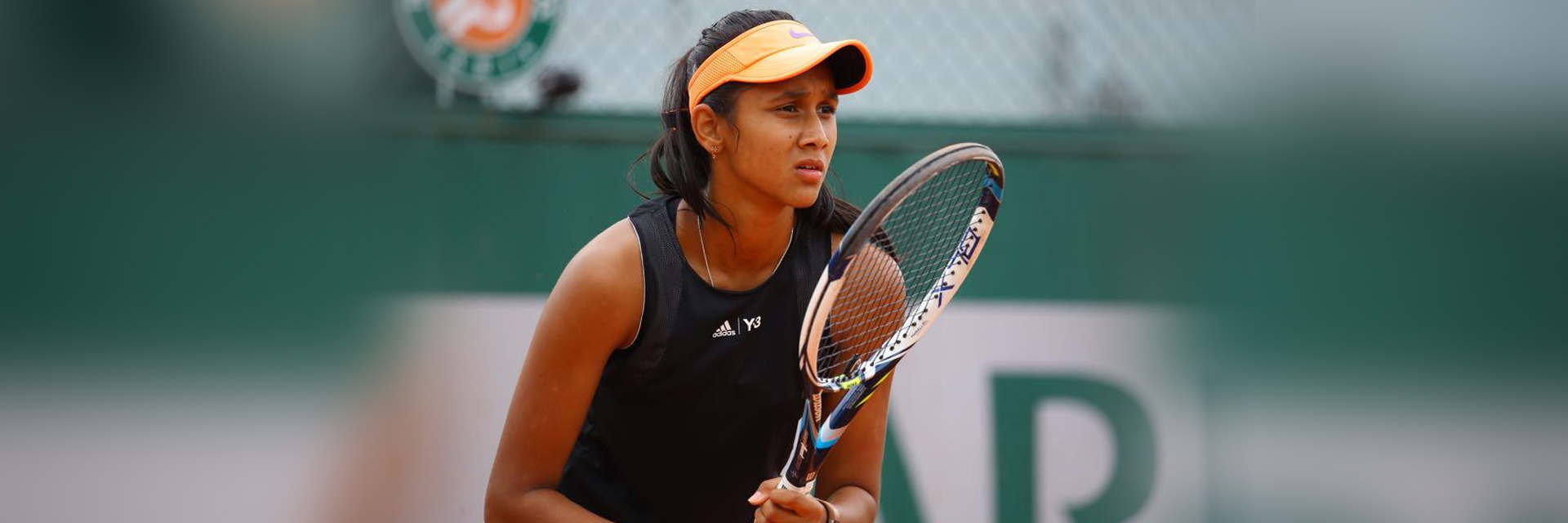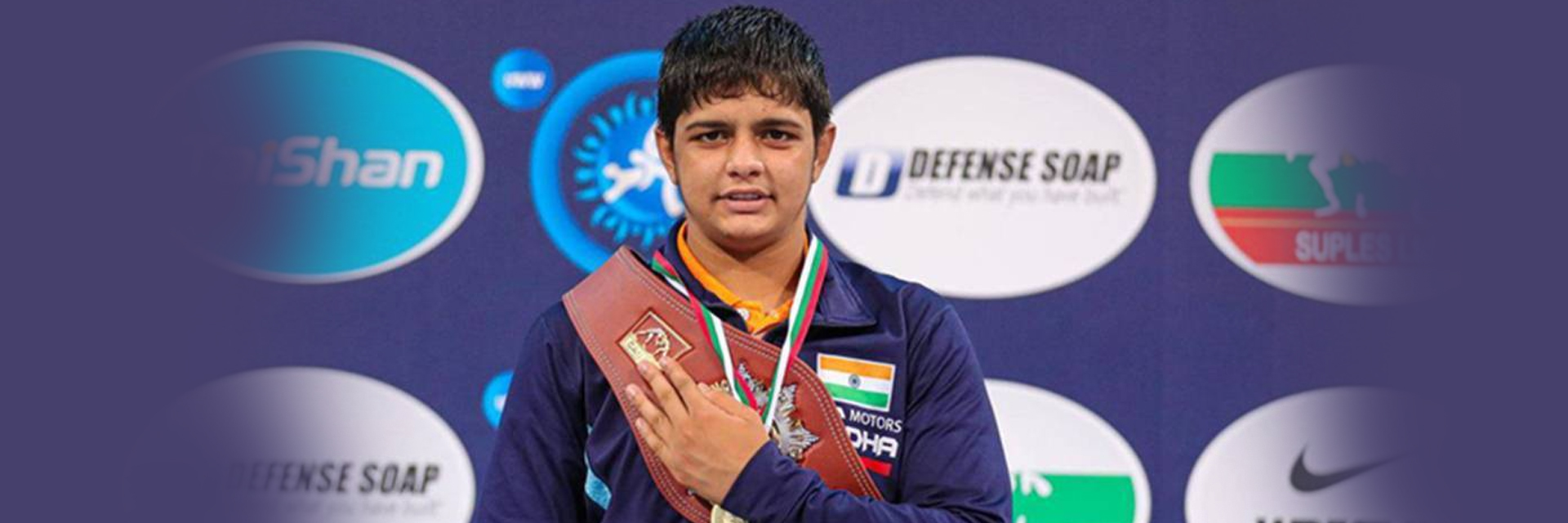(May 18, 2022) The sooner we get the correct pronunciation of Praggnanandhaa (meaning delight of the intellect), the better it is; as we embark on the long journey of cheering and celebrating the achievements of the aptly-named chess prodigy who is all set to conquer the world in the war of checkmates. On February 21, 2022, Rameshbabu Praggnanandhaa defeated reigning world champion Magnus Carlsen in the Airthings Masters Rapid Chess Tournament. With this the 16-year-old from South India became a (difficult-to-pronounce) household name. The coveted ‘Grandmaster’ title; that Praggnanandhaa has earned, makes him the fifth youngest person in the world to achieve it, after Abhimanyu Mishra, Sergey Karjakin, Gukesh D, and Javokhir Sindarov.
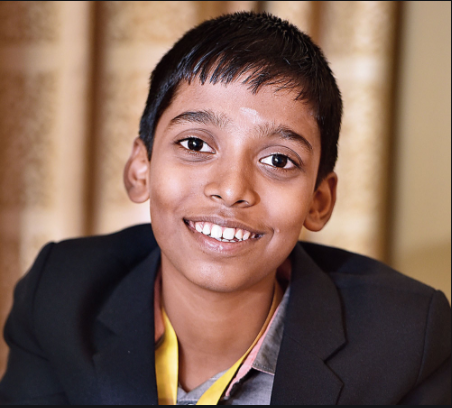
Setting the benchmark
Praggnanandhaa earned the title of FIDE Master at the age of 7, winning the World Youth Chess Championship Under-8 title in 2013. The champ went on to win the under-10 title in 2015. The following year, 2016, marked another major milestone for the young prodigy, who became the youngest international master in history, at the age of 10 years, 10 months and 19 days.
What a wonderful feeling it must be for Pragg. All of 16, and to have beaten the experienced & decorated Magnus Carlsen, and that too while playing black, is magical!
Best wishes on a long & successful chess career ahead. You’ve made India proud! pic.twitter.com/hTQiwznJvX
— Sachin Tendulkar (@sachin_rt) February 21, 2022
Becoming a grandmaster requires winning three ‘norms’. Praggnanandhaa achieved his first norm at the World Junior Chess Championship in 2017, finishing fourth with eight points. He gained his second norm at the Heraklion Fischer Memorial GM Norm tournament in Greece in April 2018. In June 2018 he achieved his third and final norm at the Gredine Open in Urtijëi, Italy at the age of just 12 years, 10 months, and 13 days.
The discipline of champions
Always a call or text away is the iconic Viswanathan Anand, India’s first chess grandmaster and a five-time world chess champion. The prodigy is also associated with Anand’s Westbridge Anand Chess Academy.
“If I have a doubt, all I have to do is message him. It’s a very big opportunity for me to get guidance from him,” Praggnanandhaa mentions in a conversation with Global Indian.
His first coach, he says, was S Thyagarajan, who had already been training Praggnanandhaa’s sister. “GM RB Ramesh became my coach after that,” he says.
Life and the chessboard…
He’s not the only genius in the family. By the time he was three-and-a-half, ‘Pragg’ would hang around watching his sister, female grandmaster Vaishali Rameshbabu play. Although chess was never a ‘plan’ per se, it seemed only natural that he would be drawn to the game. “It came to me naturally and became a part of my life,” Praggnanandhaa says. The brother-sister grandmaster duo love discussing chess moves but their practice sessions remain separate. It hardly needs to be said that Praggnanandhaa rarely misses practice. “The duration might vary based on tournament schedules and exam timetables but I always manage to give it my time.”
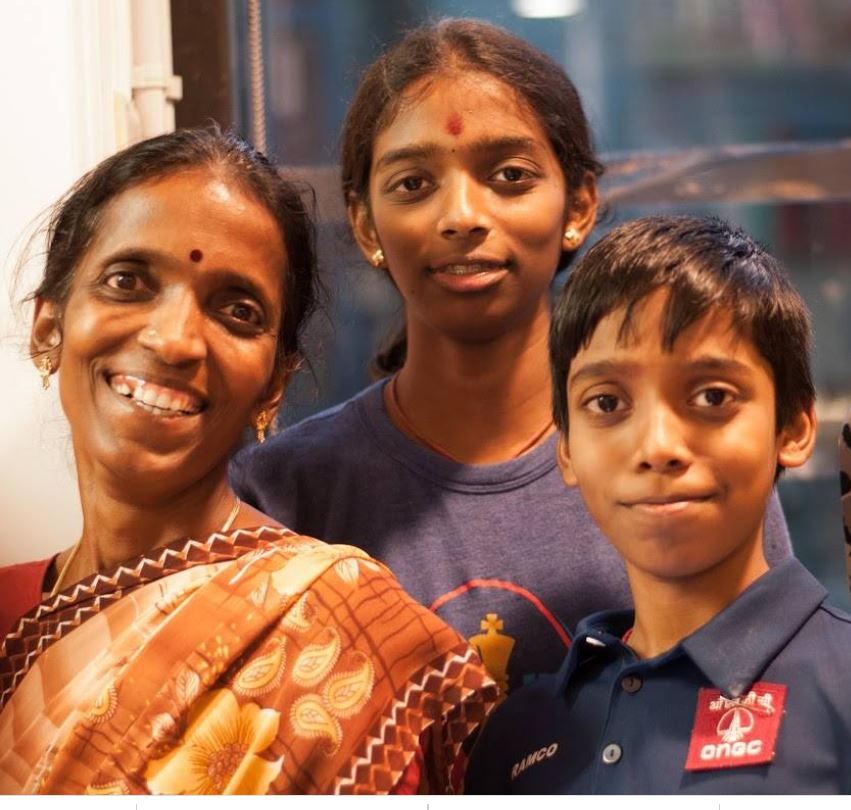

Praggnanandhaa with his mother, Nagalaksmi and sister, gradmaster Vaishali Rameshbabu
Always by his side, especially as he travels for tournaments, is Praggnanandhaa’s mother, Nagalakshmi. His father, Rameshbabu, a banker at Tamil Nadu State Corporation Bank, takes care of all the details involved in managing the household’s two grandmasters. He finds support at school, today – he is a class 11 commerce student at Velammal in Chennai. “My school supports me immensely and allows me to take leave to play tournaments and practice,” he says. “I will spend this month studying as the 11th standard board exams are in progress.”
Impressive journey…
Praggnanandhaa began traveling abroad for tournaments at the tender age of seven. “I have lost count,” he says, pausing to think about it. “I have probably visited 30 countries.” No matter where he goes, his focus remains unwavering, concentrating on one thing only – the game he is there to play. There is hardly time for trivialities like sightseeing. To emphasise this, Praggnanandhaa says, “My favourite place? Any place where the tournament went well becomes a good destination for me.”
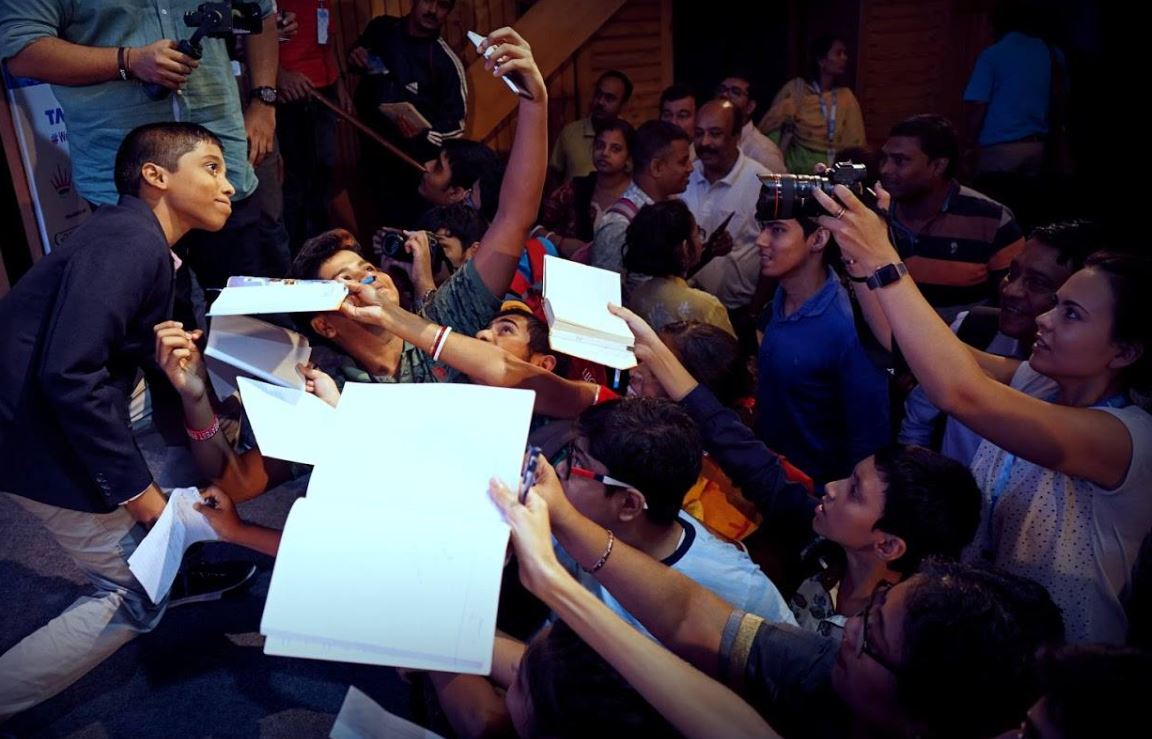

Photo courtesy: ChessBase India
At 16, Praggnanandhaa has seen more of the world than most people will in a lifetime but is an undoubted homebody. He loves being home in India and whenever he has the time, likes to watch Tamil films. The typical boy-next-door in every other way, Praggnanandha loves Indian food more than any other cuisine and plays with one mission: To make his country proud. “I started playing tournaments when I was very young but there is lots more to achieve,” says the courteous and down-to-earth champion.
